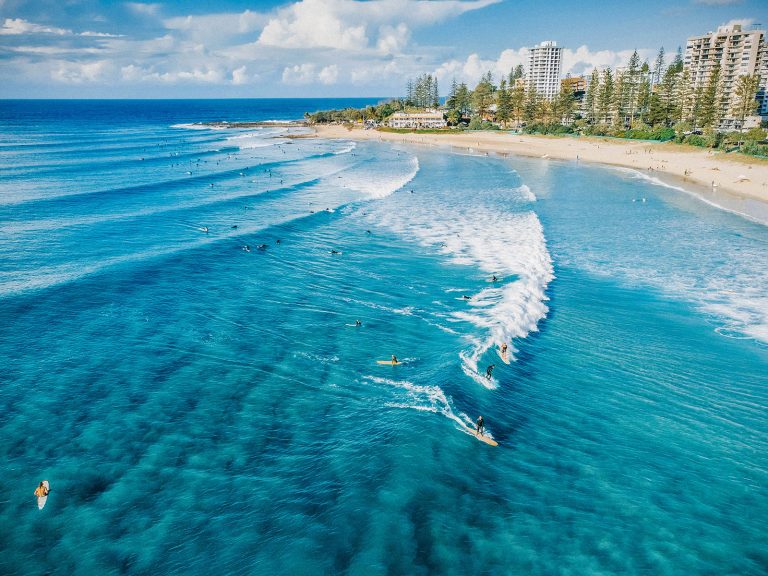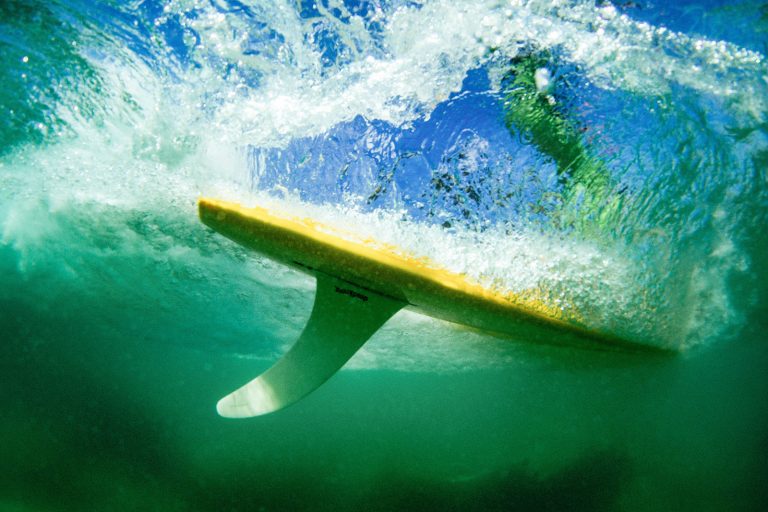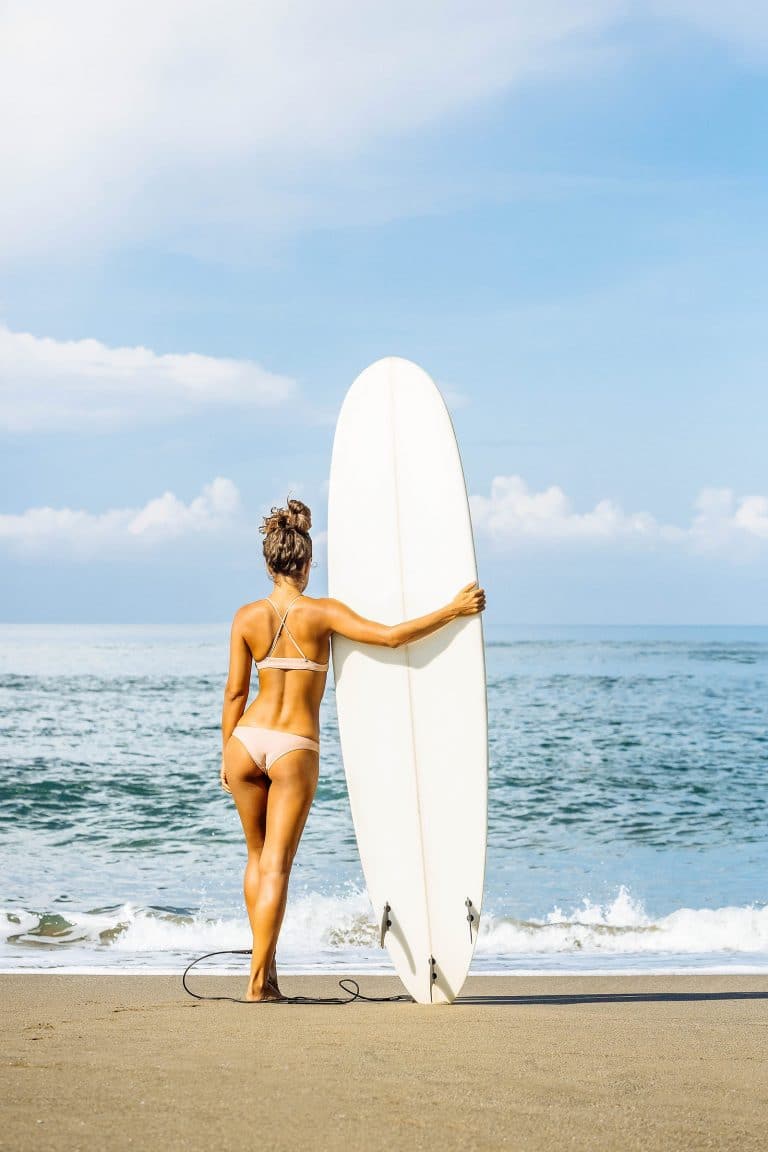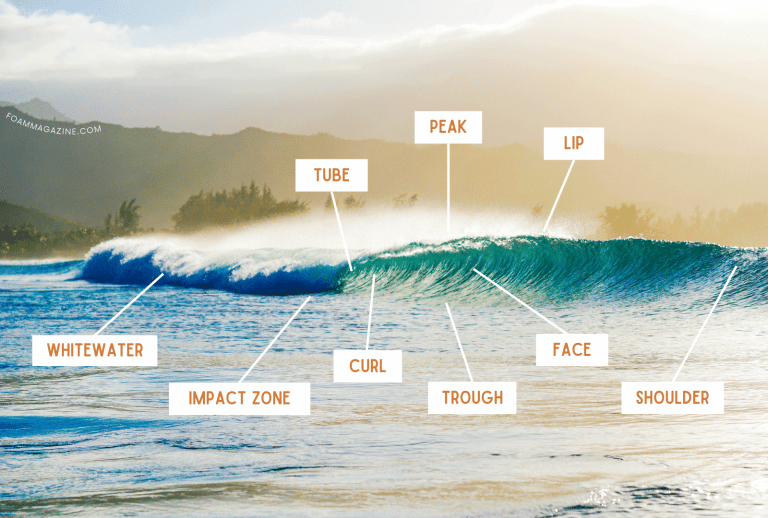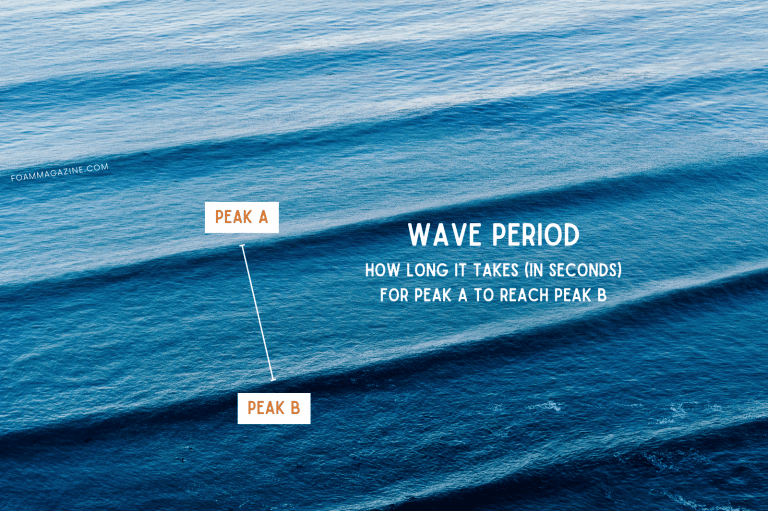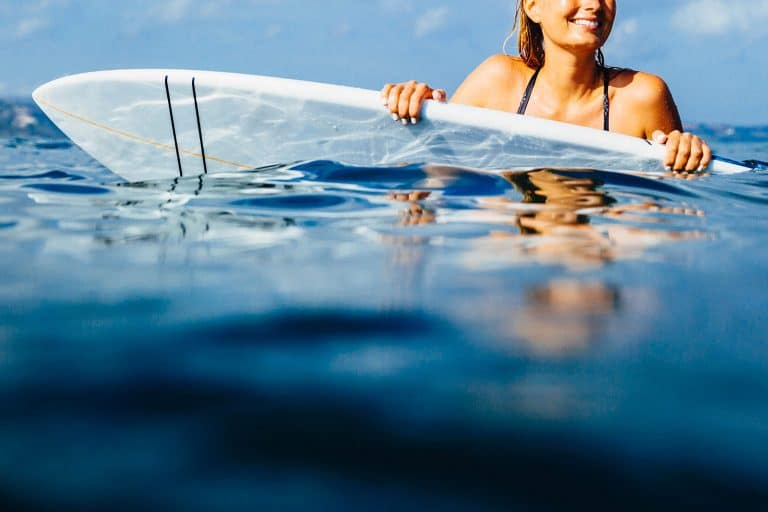This Is Why Your Surfboard Has a Stringer
Have you ever noticed that little line running straight down the middle of your board? It isn’t merely decorative. There’s a lot that goes into surfboard construction and that line—called a stringer—is a fundamental part of it.
Stringers aren’t visible on all boards, but they usually appear as thin strips of wood from the nose to the tail. They might not look like much, but their placement on a surfboard plays an important role in how your board feels and performs.
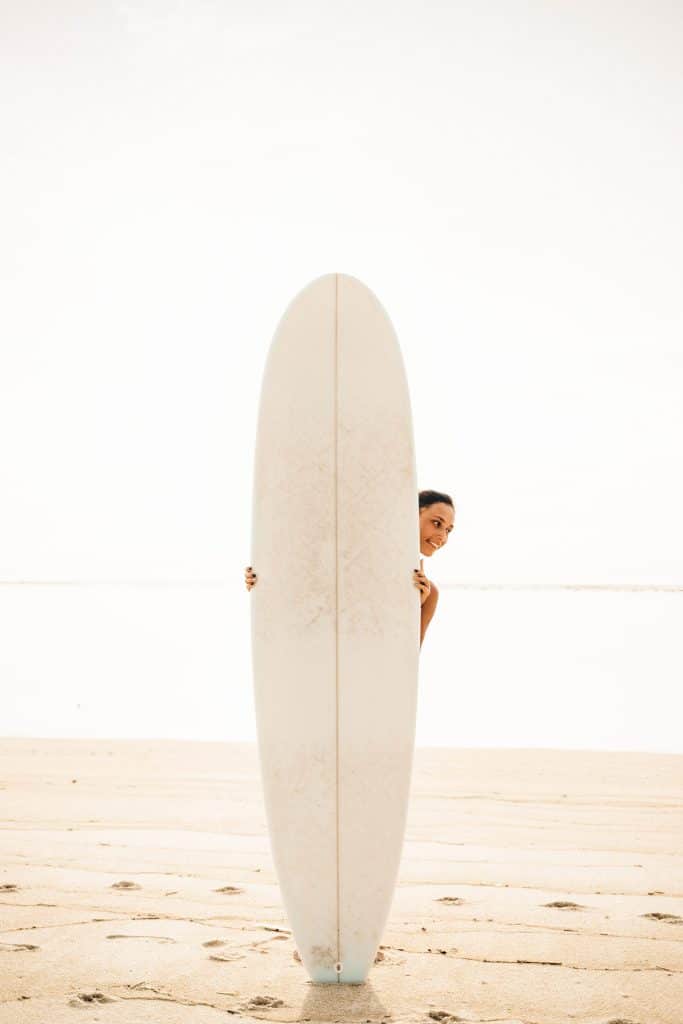
What does a surfboard stringer do?
To put it simply, a stringer gives your surfboard strength and flex.
If a board didn’t have a stringer, it would likely bow or buckle in the middle from your own weight. The stringer reinforces the construction of your board and helps the foam maintain its rigidity.
But you don’t want a board that’s too stiff either, and the stringer is there to give a surfboard flex. How a board flexes is important as it affects your speed, stability, and maneuverability.
When you’re riding a wave, your board naturally bends and compresses as it moves over the water. The stringer allows it to “bounce” back into shape and keep generating forward momentum.
In short, the stringer helps your board absorb and distribute the forces of the wave for a faster, smoother ride.
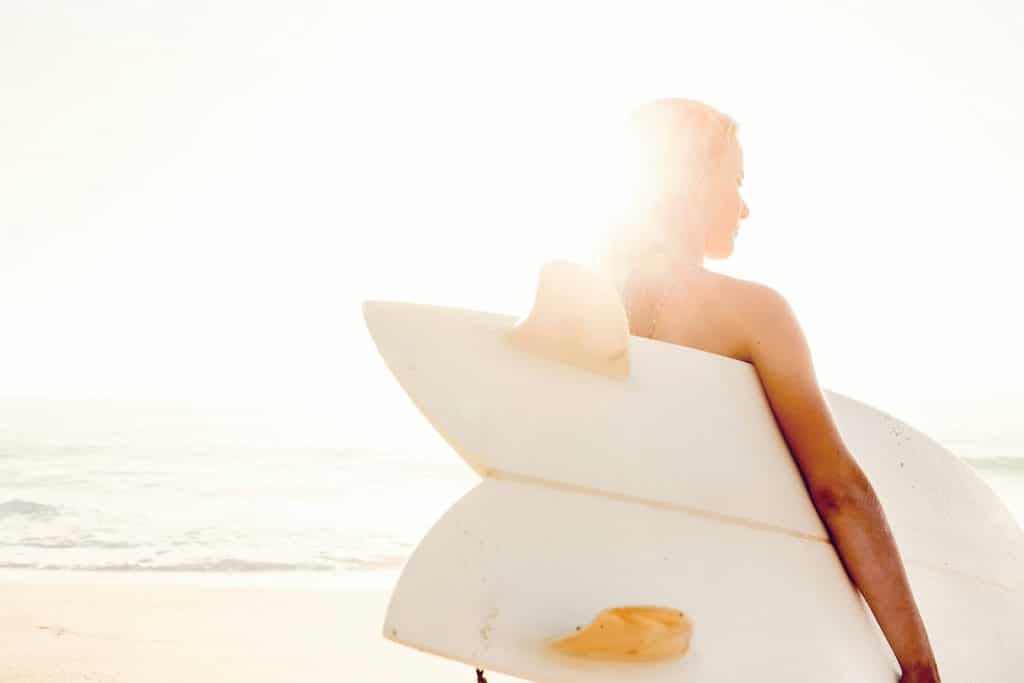
Surfboard stringer materials and variations
Most surfboard stringers are made of wood, and balsa is the most commonly used wood due to its light weight and durability.
Stringers can also be made of basswood, basswood ply, red cedar, poplar ply, redwood, birch, or spruce, as well as alternative materials like high-density foam, PVC, aluminum, or carbon fiber.
The thickness of a stringer is determined by the size of the surfboard. A thin stringer (usually 3/16″) is used for shortboards and funboards, where more flex is desired, while a thicker stringer (3/8″ or more) is suitable for longboards, where more strength is needed to prevent them from snapping in half.
Stringers often come already attached to a molded foam blank, but they can also be added and customized during the surfboard shaping process.
Sometimes you’ll see stringers used in creative color combinations and layouts on classic longboards, and aside from helping these bigger boards maintain stiffness, they also add some pretty sweet style.
While the most common design is a single stringer down the centerline of a board, other stringer variations include:
- Multiple stringers: Two or more stringers side by side (double, triple, or T-bands).
- Flared: A stringer that begins in the tail or nose and then curves to exit at the rail.
- Parabolic: A stringer that follows the curve of the board’s outline.
- Wedge: Two stringers that start together at the nose and then separate toward the tail, creating a V (or wedge) shape.
- T-band: Two or more stringers laminated together.
- Stringerless: No center stringer at all; instead the board may have reinforced rails for strength, or be made of carbon fiber which eliminates the need for a stringer.
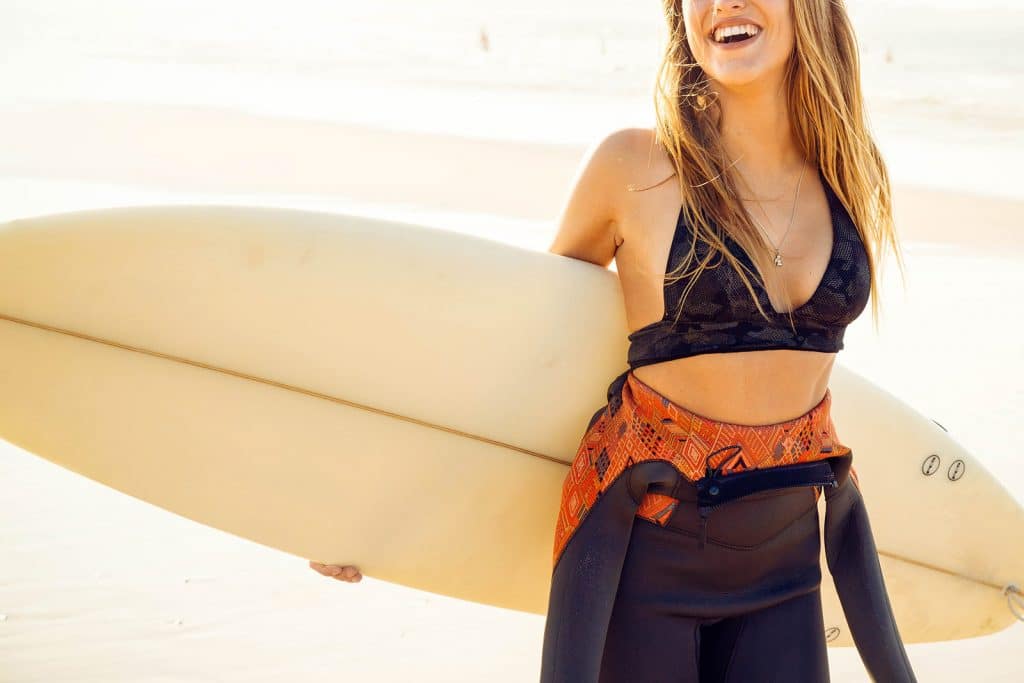
Why do some surfboards have no stringers?
Before the 1950s, all surfboards were made from wood. Then, industrial and manufacturing technology developments made during World War II carried over to surfboard design, and PU (polyurethane foam) and fiberglass came into favor for their light weight and ease of production.
The stringer was introduced in 1958 as a means of strengthening PU foam blanks and remains the standard to this day.
But surfboard design is constantly evolving and these days, you can find boards with no stringers at all. These high-performance boards are made of epoxy or carbon fiber, which have enough stiffness and strength on their own and pretty much make stringers redundant. Other boards add stiffness by reinforcing the rails with wood or carbon.
Can surfboards have multiple stringers?
Traditional shortboards, longboards, and all other surfboard types in between typically have only one stringer straight down the middle.
However, some longboards include a center stringer as well as one on each side between the center and the rail. This mostly comes down to personal preference and style.
Oftentimes you’ll also find two or three stringers on soft top surfboards. Since these types of boards are constructed a bit differently than traditional rigid foam boards, the multiple stringers enhance stiffness and help soft top boards keep their intended rocker shape.
Learn more about all the different parts that go into making a surfboard here.

